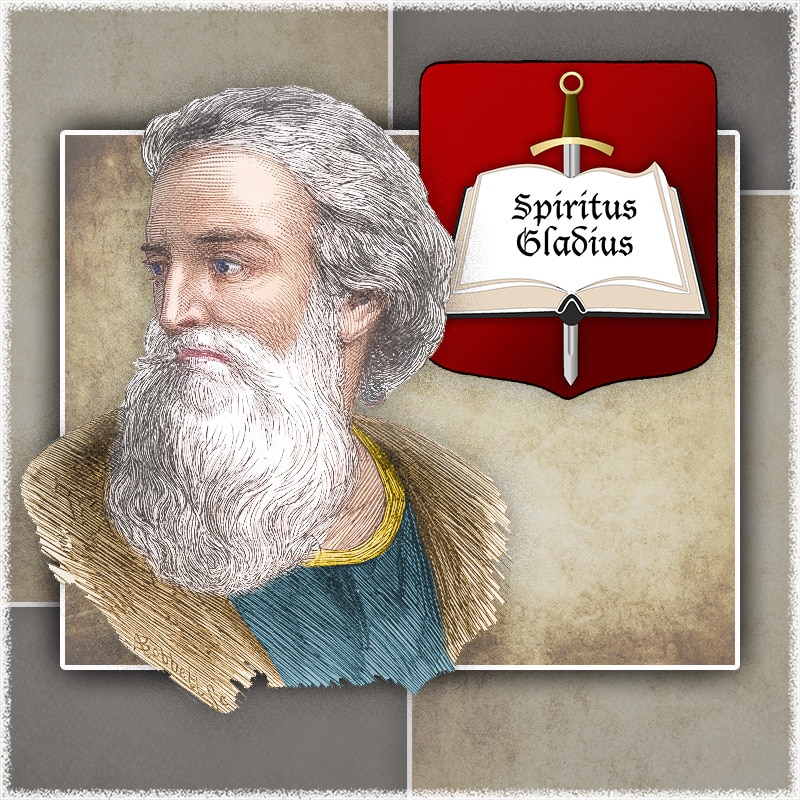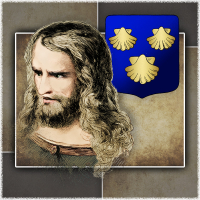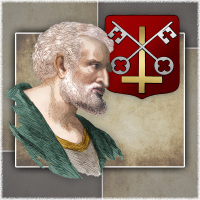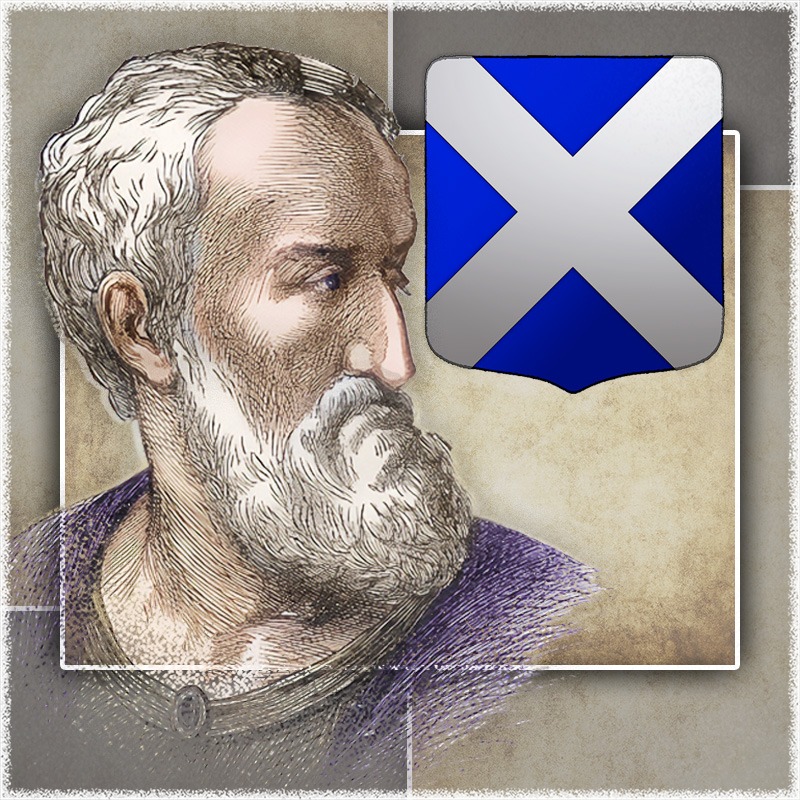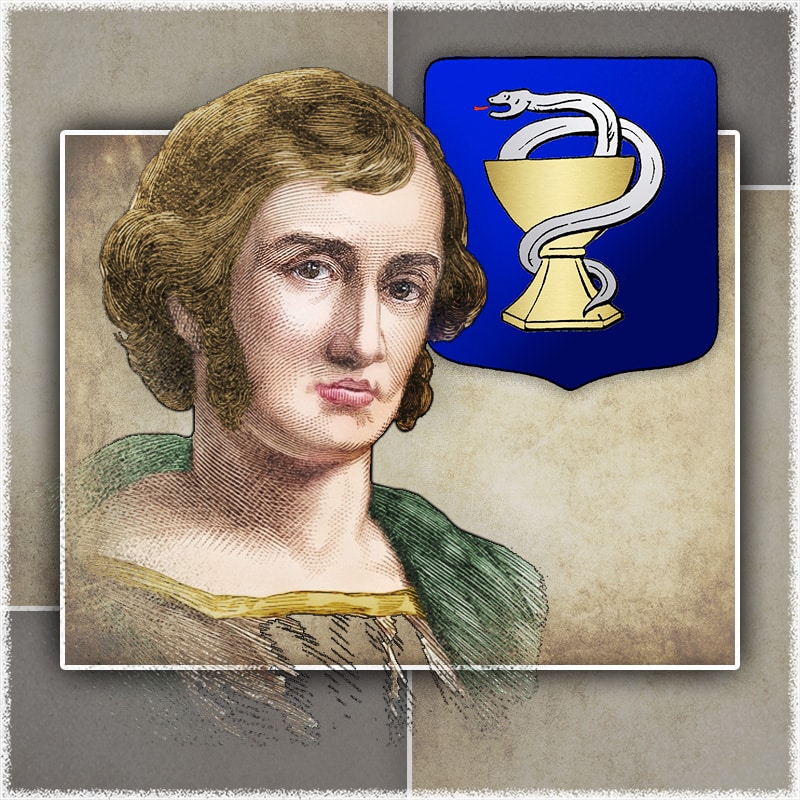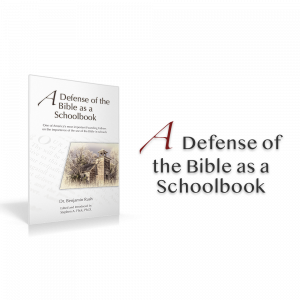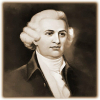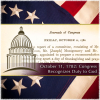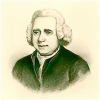The Apostle Paul was a Jew of the tribe of Benjamin, born at Tarsus in Cilicia. He was initially a great enemy to, and persecutor of the early Christians; but after his miraculous conversion, he became a strenuous supporter of Christianity. At Iconium, Paul and Barnabas were near being stoned to death by the enraged Jews; taking the opportunity they fled to Lyconia. At Lystra, Paul was stoned, dragged out of the city, and left for dead. He, however, revived, and escaped to Derbe. At Philippi, Paul and Silas were imprisoned and whipped, and both were again persecuted at Thessalonica. Being afterwards taken at Jerusalem, he was sent to Caesarea, but appealed to Caesar at Rome. Here he continued a prisoner at large for two years, after which, he is believed to have been released before being apprehended once again and subsequently put to death.Remembering the Apostle Paul
Paul’s Death at Rome
Of the final days of Paul's life, the New Testament reveals little beyond what may be discerned from 2 Timothy—the last of the Apostle Paul's thirteen New Testament epistles. The few scattered statements in the early Church Fathers who succeeded the apostles and other early church writers make it most probable that Paul died in Rome as a martyr, under Nero. Tradition suggests he visited churches in Greece and Rome, and perhaps preached in France and Spain. Returning to Rome, he was again apprehended, and by the order of Nero, martyred, by beheading. Early Church Father, Clement of Rome, in his first letter to the Corinthians, speaks of the apostles Peter and Paul: "Let us set before our eyes the good apostles, Peter, who through unjust envy endured not one or two, but numerous, labors, and, after he had at length suffered martyrdom, went to the place of glory appointed to him." Other early Church witnesses to the martyrdom of Peter and Paul include the apocryphal Acts of Peter and Paul, Dionysius of Corinth, Irenaeus, Tertullian, Clement of Alexandria, and the Roman presbyter Caius who speaks of Peter’s grave in the Vatican, and the Apostle Paul’s on the Via Ostia.Remembering the Apostle Paul
Two days are dedicated to the commemoration of this apostle; the one being observed for his conversion, which is on the 25th of January, and the other for his martyrdom, which is on the 29th of June, which occurred sometime between 67 and 68. In the Western Church, the martyrdoms of the apostles Peter and Paul are both remember on June 29.
Apostolic Symbol
The renowned apostle to the Gentiles is represented in a two-fold way. First, he is seen with a sword, because his head was cut off with one. The Convent of La Lisla, Spain, boasts of possessing this very instrument that sent Paul to heaven. Then, he is symbolized by an open Bible with the words across it, Spiritus Gladius "Sword of the Spirit." Behind the open Bible is the figure of a sword.
America deserves to know its true heritage.
Please contribute today!

